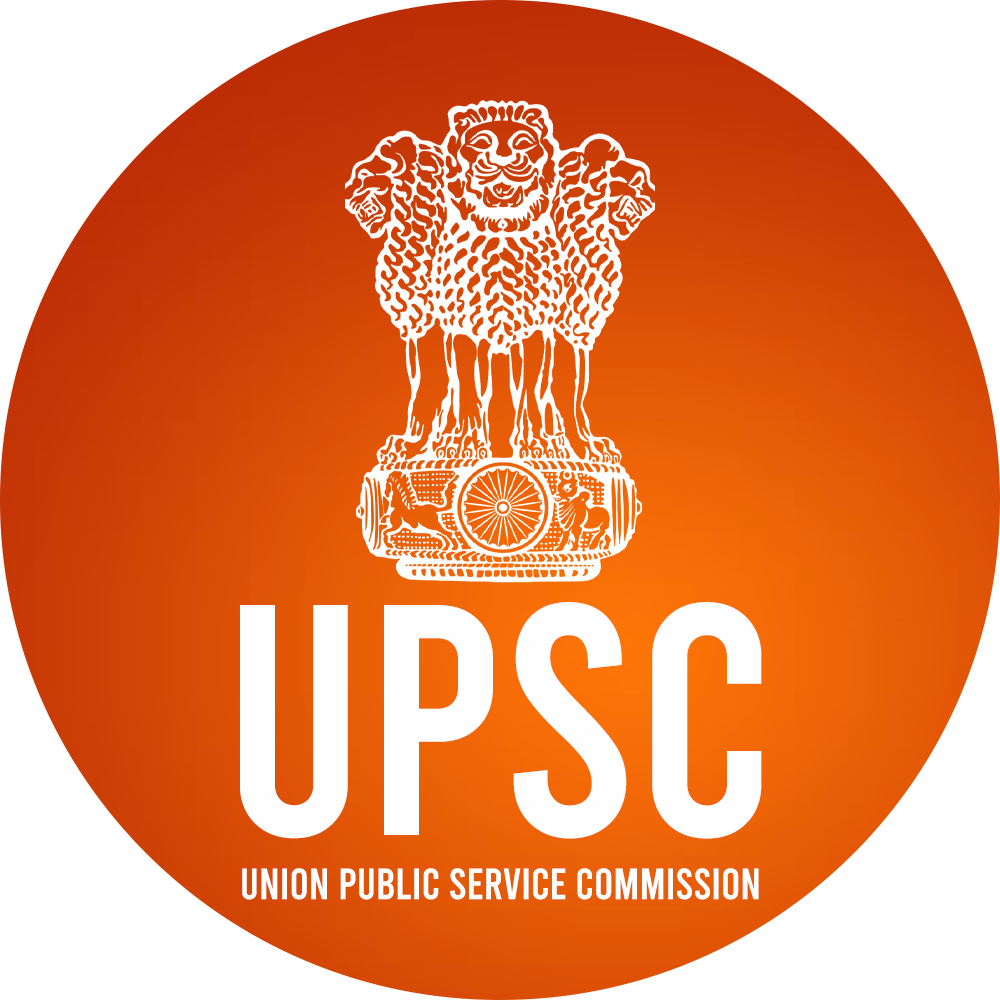India has been ranked 105th out of 127 countries in the Global Hunger Index (GHI) 2024, placing it in the “serious” category for hunger levels.
Global Hunger Index (GHI)
- GHI is a tool for comprehensively measuring and tracking hunger at global, regional, and national levels.
- The index is published by Concern Worldwide, an Irish humanitarian organisation, and Welthungerhilfe, a German aid agency.
Findings of the Global Hunger Index (GHI) 2024:
- Global Score: The world’s GHI score is 18.3, slightly down from 18.8 in 2016, indicating slow progress in reducing hunger.
-
- Achieving Zero Hunger by 2030 looks unlikely, with 42 countries still facing alarming or serious hunger levels.
- Food Crises: Wars in Gaza and Sudan have worsened food insecurity.
- Most Affected Countries: Somalia, Yemen, Chad, and Madagascar have the highest GHI scores; Burundi and South Sudan are also designated as alarming.
- Progress: Countries like Bangladesh, Mozambique, Nepal, Somalia, and Togo have shown notable improvements despite ongoing challenges.
- India’s Situation:
- Undernourishment: 13.7% of India’s population is undernourished.
- Child Stunting: 35.5% of children under five are stunted.
- Child Wasting: 18.7% of children under five suffer from wasting.
- Child Mortality: 2.9% of children die before their fifth birthday.
- Comparison: India’s performance lags behind South Asian neighbors like Bangladesh and Nepal.
Government of India’s Initiatives to Address Hunger:
- Mid Day Meal Programme: Aims to improve enrolment, retention, and nutrition levels among children in government and government-aided schools.
- National Food Security Act (2013): Covers up to 75% of rural and 50% of urban populations under the Targeted Public Distribution System (TPDS), providing subsidized foodgrains to two-thirds of the population, with special focus on women and children.
- Poshan Tracker: A tool developed by the Ministry of Women and Child Development to monitor child nutrition, tracking indicators like stunting, wasting, and underweight.
- Pradhan Mantri Garib Kalyan Anna Yojana (PMGKAY): Launched to provide free food grains to the poor during the COVID-19 crisis, in addition to the National Food Security Act’s regular provisions.
- Saksham Anganwadi and Poshan 2.0: Combines key schemes like POSHAN Abhiyaan and Anganwadi Services, offering hot meals and take-home rations to children (0-6 years), pregnant women, and lactating mothers to combat malnutrition.
India’s persistent hunger challenges highlight the need for strengthened food security and nutrition programs. While various government initiatives aim to address these issues, accelerated efforts are essential to meet the goal of zero hunger by 2030.






